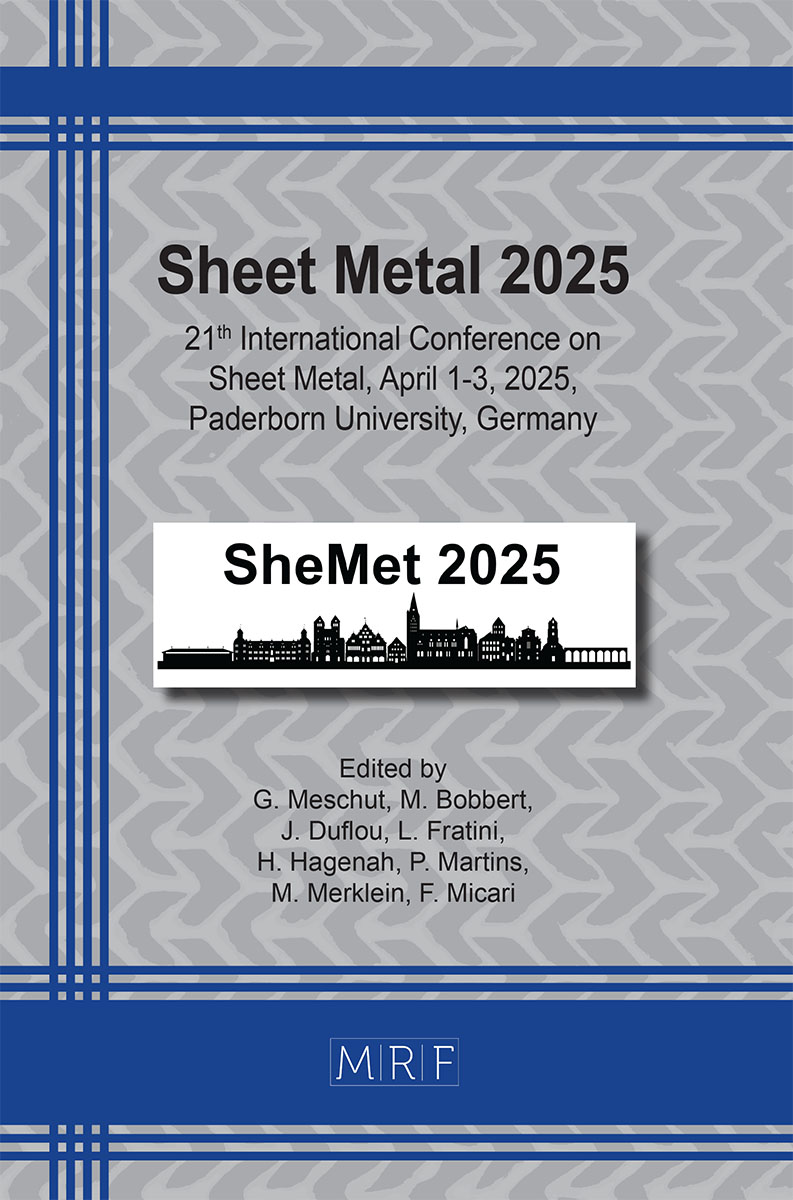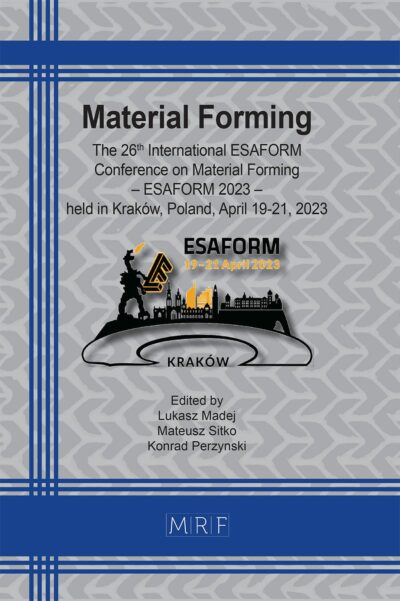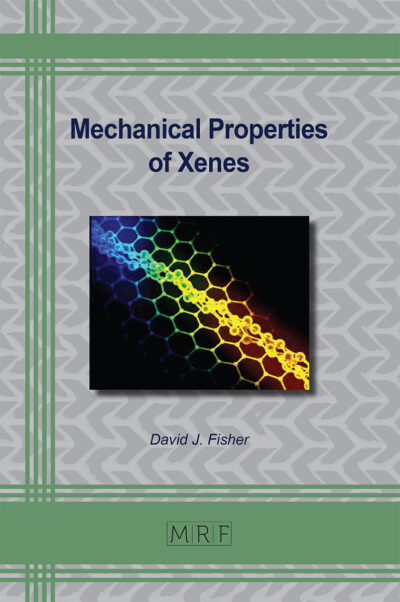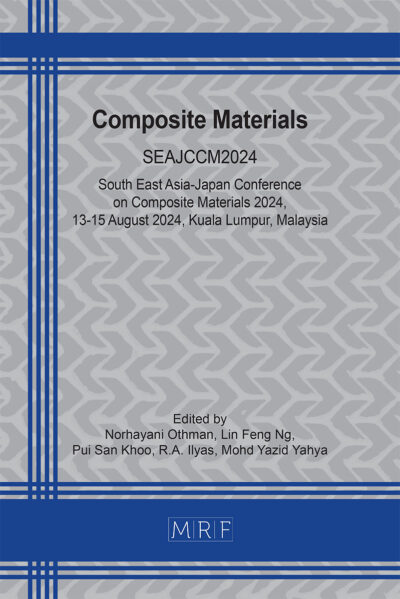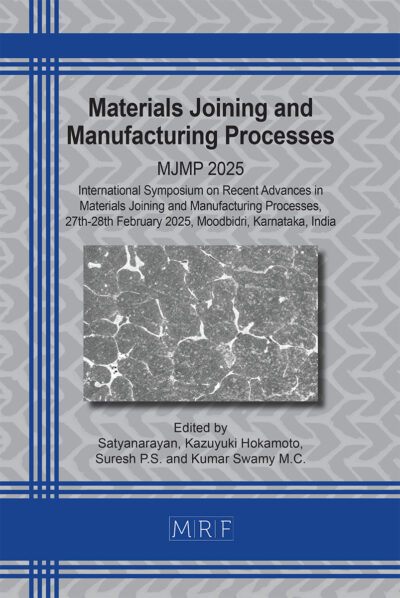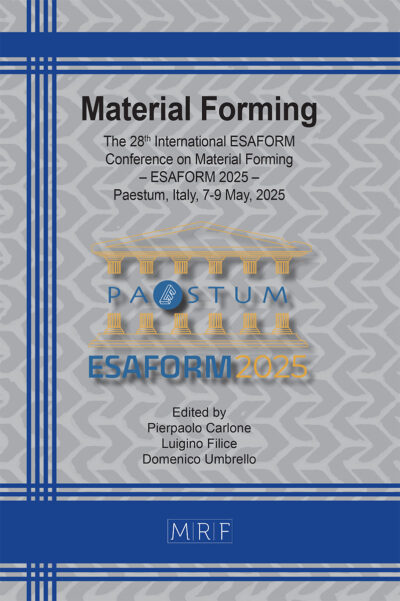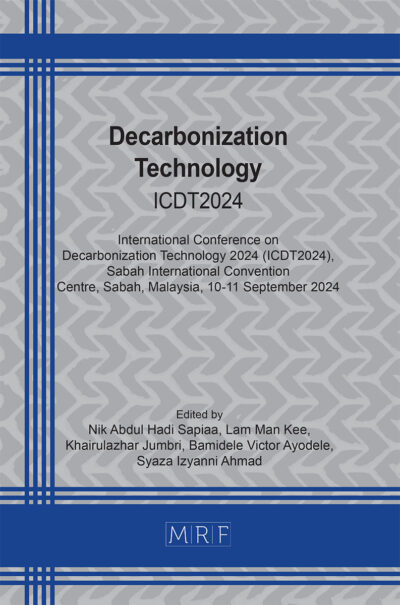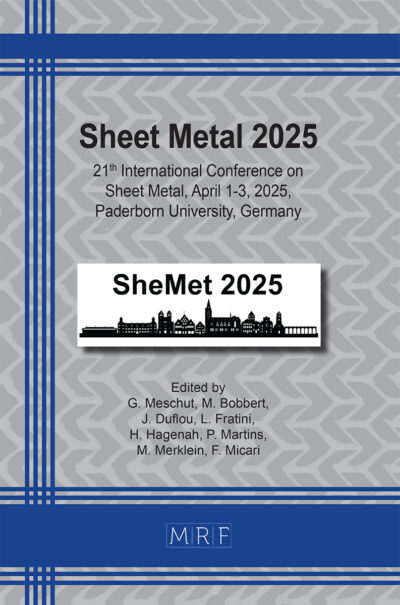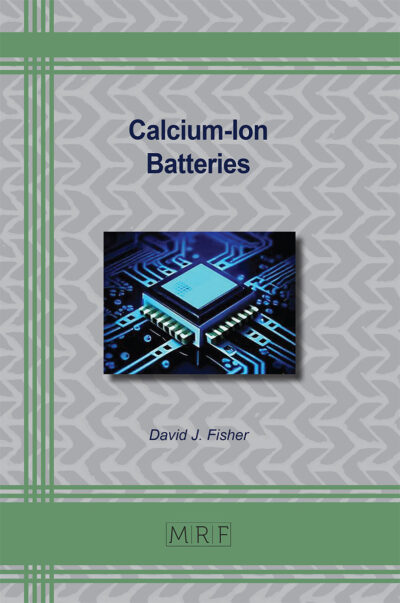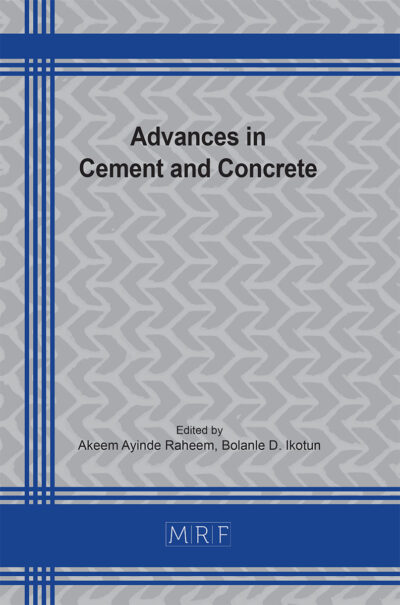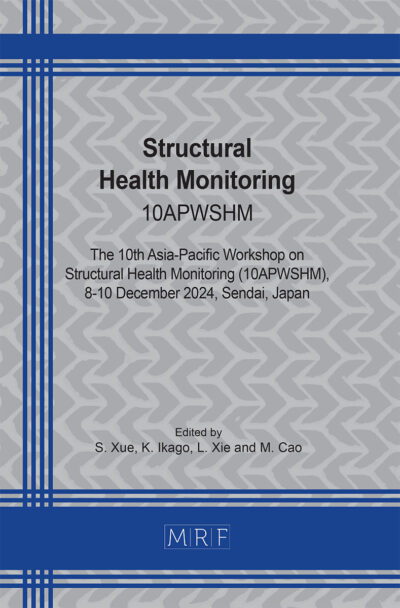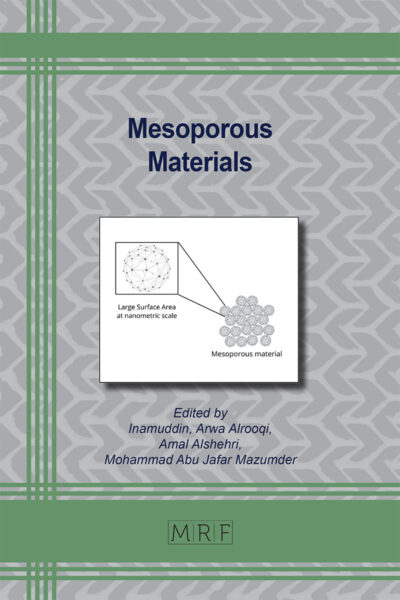Predicting and identifying factors affecting sheet metal bending times using explainable AI
Alp Bayar, Johan Joubert, Joost R. Duflou
Abstract. This study investigates the prediction of bending times in a sheet metal workshop using geometric information of parts without a bending sequence computation. Logs from two different sizes of bending machines from an industrial workshop are used, and data-centric machine-learning approaches are applied to achieve accurate predictions. Furthermore, the reduction in bending time with increasing production volume is analyzed as the learning effect in human-operated air bending. Explainable AI techniques, such as Partial Dependence Plots (PDP) and SHAP values, are used to interpret how model predictions are made. The learning effect is examined alongside geometric factors representing bending complexity: the number of bends and the total cutting length. The performances of XGBoost, random forest, and support vector machines (SVM) are compared in terms of bending time prediction, thereby demonstrating the approach’s effectiveness.
Keywords
Man-Machine System, Machine Learning, Learning Curve Effect
Published online 4/1/2025, 8 pages
Copyright © 2025 by the author(s)
Published under license by Materials Research Forum LLC., Millersville PA, USA
Citation: Alp Bayar, Johan Joubert, Joost R. Duflou, Predicting and identifying factors affecting sheet metal bending times using explainable AI, Materials Research Proceedings, Vol. 52, pp 301-308, 2025
DOI: https://doi.org/10.21741/9781644903551-37
The article was published as article 37 of the book Sheet Metal 2025
![]() Content from this work may be used under the terms of the Creative Commons Attribution 3.0 license. Any further distribution of this work must maintain attribution to the author(s) and the title of the work, journal citation and DOI.
Content from this work may be used under the terms of the Creative Commons Attribution 3.0 license. Any further distribution of this work must maintain attribution to the author(s) and the title of the work, journal citation and DOI.
References
[1] World Economic Forum, “The digital revolution will transform the steel industry.” Accessed: Oct. 01, 2024, Available: https://www.weforum.org/agenda/2019/06/the-digital-revolution-will-transform-steel-and-metals-companies/
[2] B. Verlinden, J. R. Duflou, P. Collin, and D. Cattrysse, “Cost estimation for sheet metal parts using multiple regression and artificial neural networks: A case study,” Int. J. Production Economics, vol. 111, pp. 484-492, 2008. https://doi.org/10.1016/j.ijpe.2007.02.004
[3] Milingos, Spyridon-Romanos, “Prediction of Bending Process Time”, International Hellenic University Jan. 2021.
[4] Wright T P, “Factors Affecting the Cost of Airplanes,” Journal of the Aeronautical Sciences, vol. 3, Feb. 1936. https://doi.org/10.2514/8.155
[5] I. Tirkel, “Yield learning curve models in semiconductor manufacturing,” IEEE Transactions on Semiconductor Manufacturing, vol. 26, no. 4, pp. 564-571, 2013, https://doi.org/10.1109/TSM.2013.2272017
[6] A. Tamás and T. Koltai, “Application of Learning Curves in Operations Management Decisions,” Periodica Polytechnica Social and Management Sciences, vol. 28, no. 1, pp. 81-90, 2020. https://doi.org/10.3311/PPso.14136
[7] F. Figueiredo and M. I. Gomes, “The total median statistic to monitor contaminated normal data,” Qual Technol Quant Manag, vol. 13, no. 1, pp. 78-87, Jan. 2016. https://doi.org/10.1080/16843703.2016.1139840
[8] X. Shi, Y. D. Wong, M. Z. F. Li, C. Palanisamy, and C. Chai, “A feature learning approach based on XGBoost for driving assessment and risk prediction,” Accid Anal Prev, vol. 129, pp. 170-179, Aug. 2019. https://doi.org/10.1016/j.aap.2019.05.005
[9] S. M. Lundberg and S.-I. Lee, “A Unified Approach to Interpreting Model Predictions,” Neural Information Processing Systems, 2017.
[10] T. Hastie, J. Friedman, and R. Tibshirani, “The Elements of Statistical Learning,” 2001. https://doi.org/10.1007/978-0-387-21606-5

